It’s hard to call the place secret as, in reality, it’s not. Yet with far fewer travelers traversing the route, the Cub Lake hike surely falls into the category of off-the-beaten-path activities in Rocky Mountain National Park.
Last updated: February 28, 2023
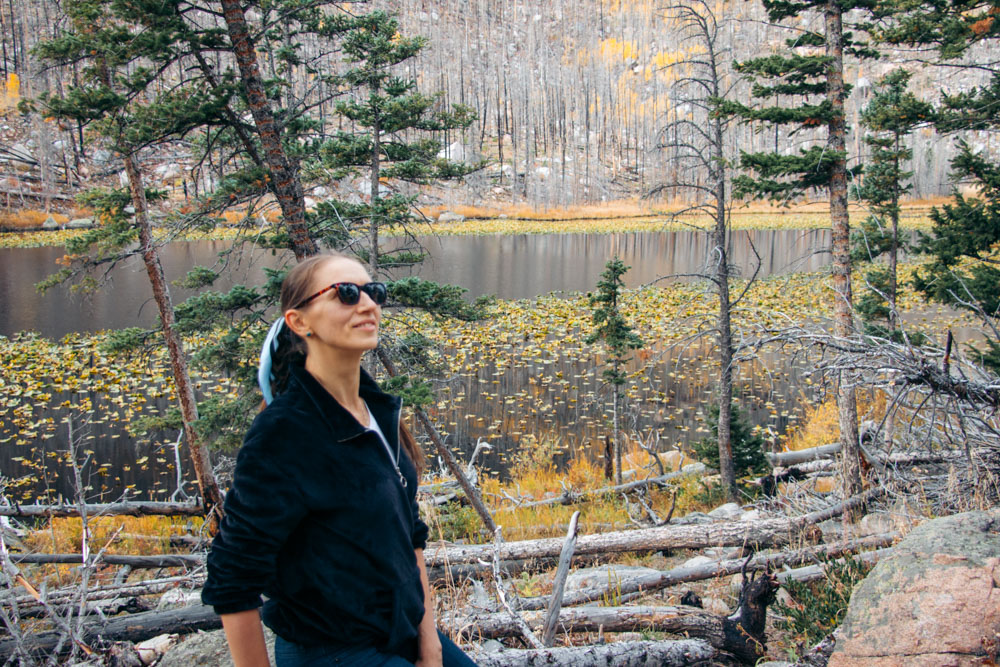
Cub Lake Trail Hike: Explore Lesser-Known Places in Rocky Mountain National Park, Colorado
A gang of deer grazing on an open meadow covered with yellow grass stopped us in our tracks. It wasn’t even 2 miles since we’d swirled onto Moraine Park Road, and the place already surpassed all our expectations. First it was a small, fenced area that added a splash of golden fall color to the area. And now this… The whole group of deer oblivious to visitors flocking to this particular spot with their cameras pointed at the wild animals…
Not being spoiled by such candid moments often, we – mostly yours truly – took our time to admire the grazing wildlife as well. Finally, satisfying our visual thirst, we jumped back into the car and drove farther down Fern Lake Road.
Our main plan for the day was to hike to alpine lakes embraced by majestic mountains in the Bear Lake area. The Cub Lake hike…. Well, I had come across this name several times while jotting down a quick itinerary for our trip to Rocky Mountain National Park. Planning to hike to Cub Lake wasn’t our intention, though. At least initially.
Yet as our curiosity drove us to the Moraine Park Campground, a small, empty at this morning hour parking lot on our left came into view. It sat almost near a trail junction. Had we headed straight, Fern Lake would have unveiled its sights to us in a mile. Roshan, not the one to hike long distances, however, suggested that we steer to the left and walk to Cub Lake instead.
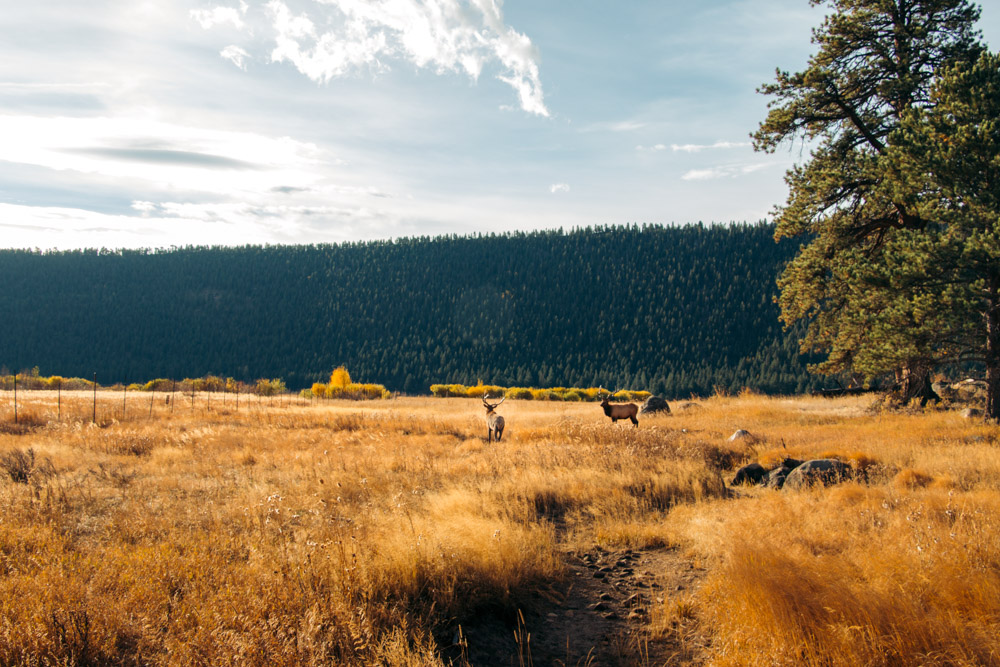
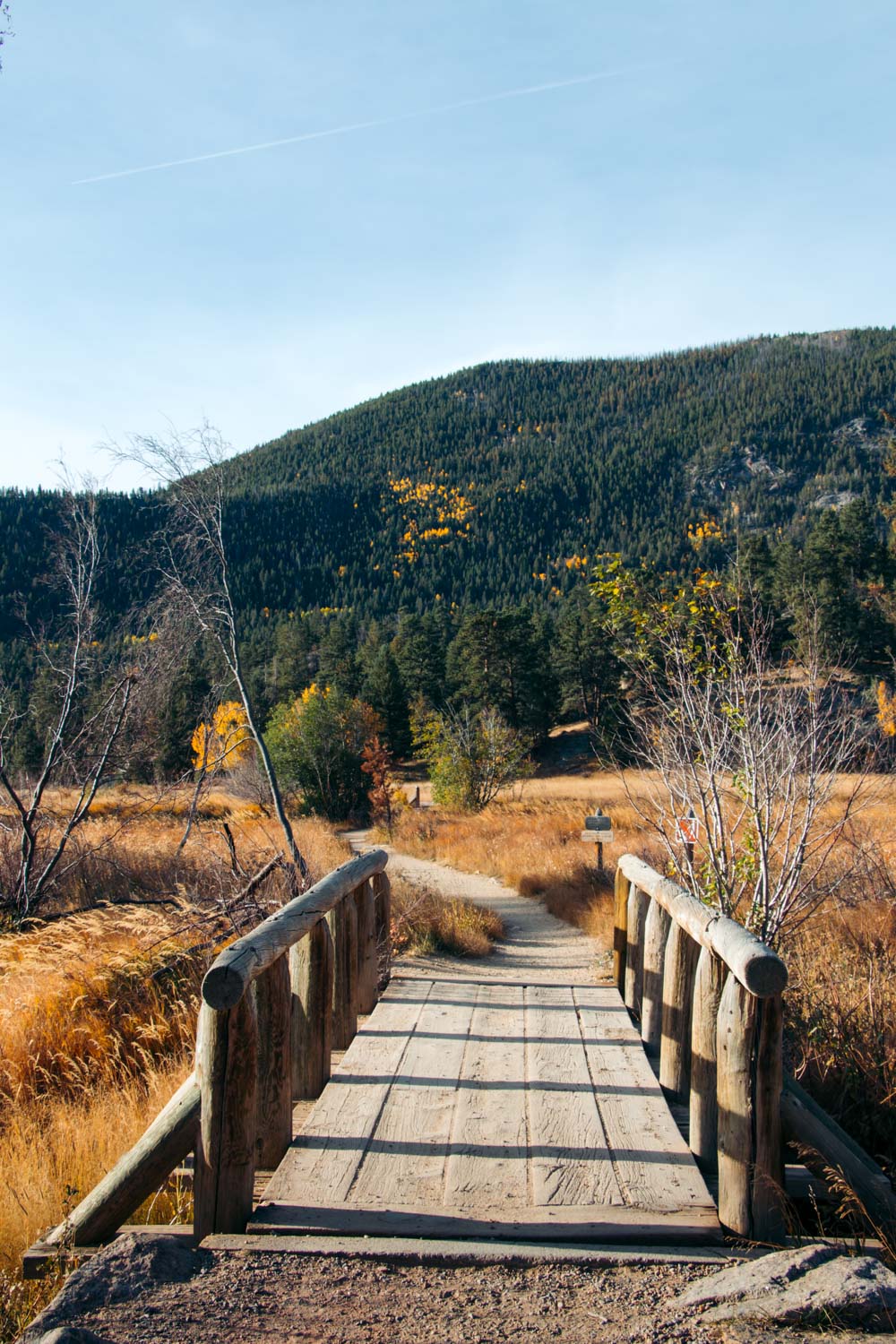
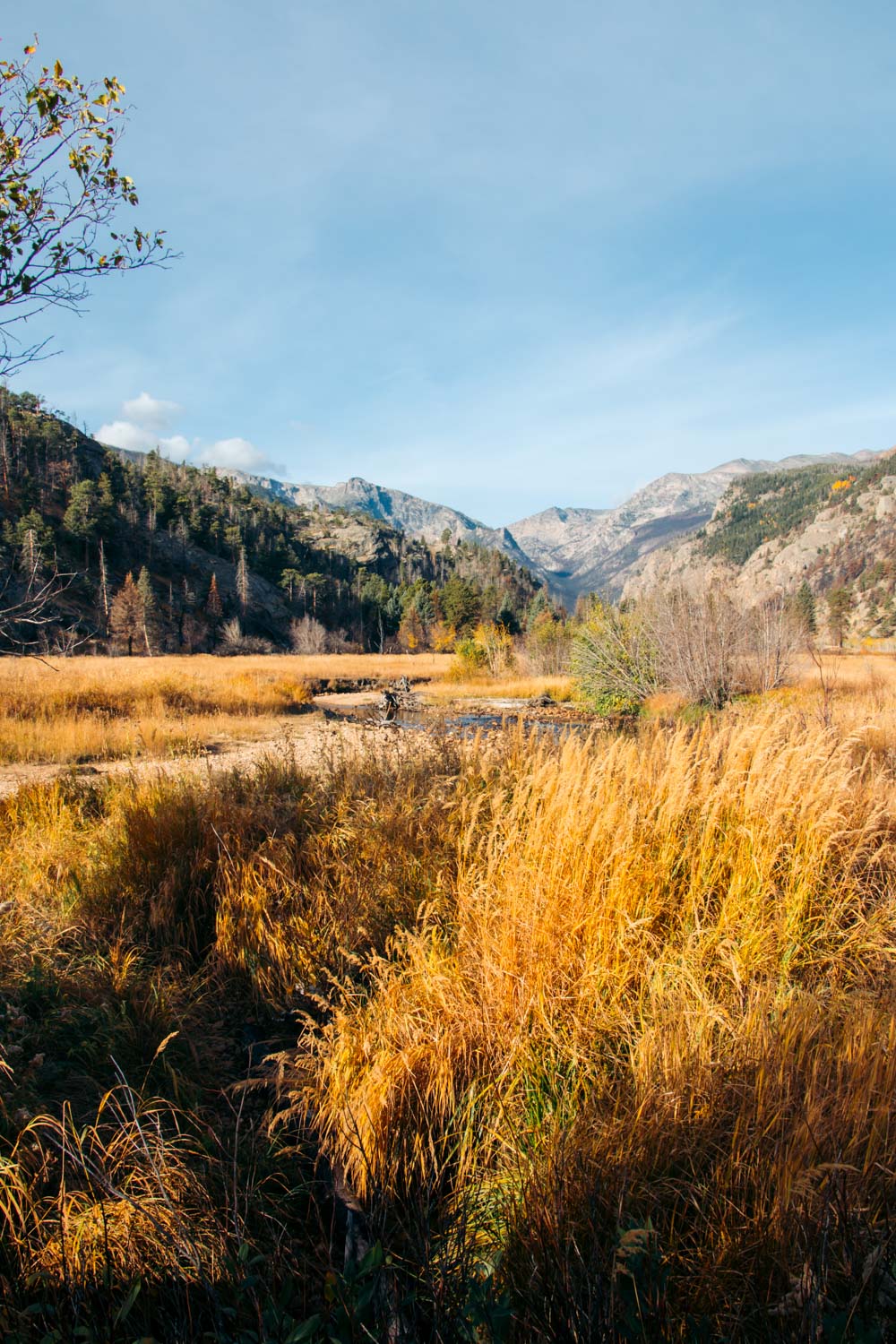
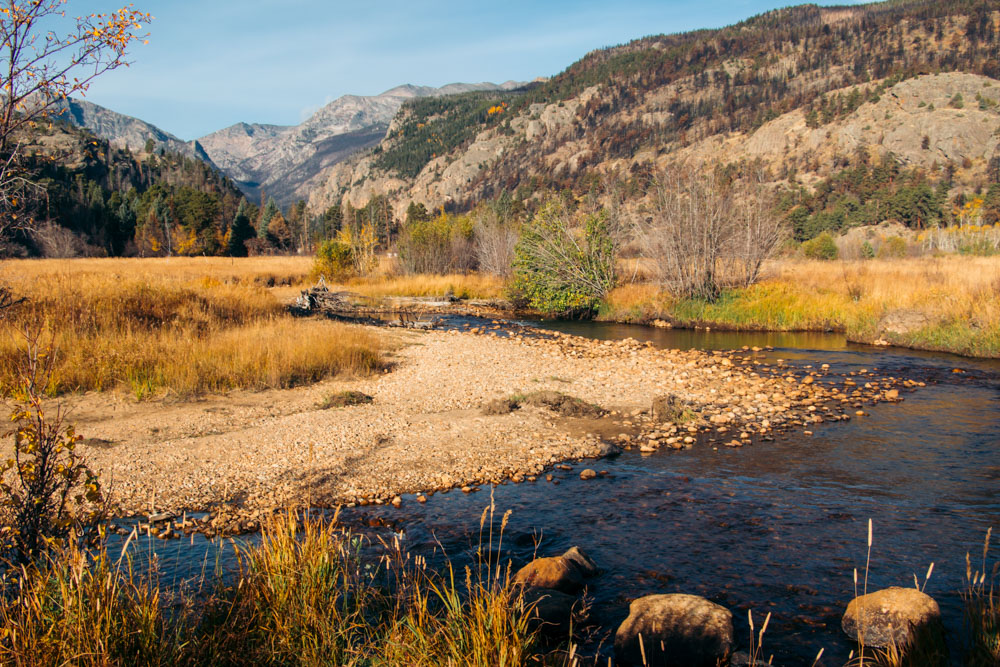
Quick Facts
- Distance: 4.6-mile, round-trip hike
- Elevation gain: 540 feet
- Difficulty: Moderate
- Time: 2-3 hours
Location of Cub Lake Trail
I’m quite sure we would have missed the opportunity to hike to lesser-known Cub Lake if not for two large elk. Claiming the area right near the parking lot all to themselves, they fed on the yellow-brownish grass. Paying zero attention to the random travelers snapping pictures of them, the animals were a sight to behold.
While I was busying myself with photographing the noble mammals, Roshan explored the area. A few minutes later, he came up with an idea of us hiking to Cub Lake.
Location: The not so popular Cub Lake Trail sits in Moraine Park, just west of the town of Estes Park. The area itself neighbors the greater and more popular Bear Lake region. Once you enter the latter driving along Bear Lake Road, steer to the right onto Moraine Park Road in about 1 mile. In 0.5 mile, turn left onto Fern Lake Road.
Continue driving for approximately 1.3 miles until you reach the Cub Lake Trailhead. The parking lot, sitting to your left is small, with only a few spots available. Yet if you plan to hike to Cub Lake early in the morning, you can surely count of claiming one of them.
Follow the sign nestled right in front of the parking lot and enjoy the hike.
Note: As of 2021, entry ticket is required to enter Rocky Mountain National Park and the Bear Lake area between May 28 and October 11.
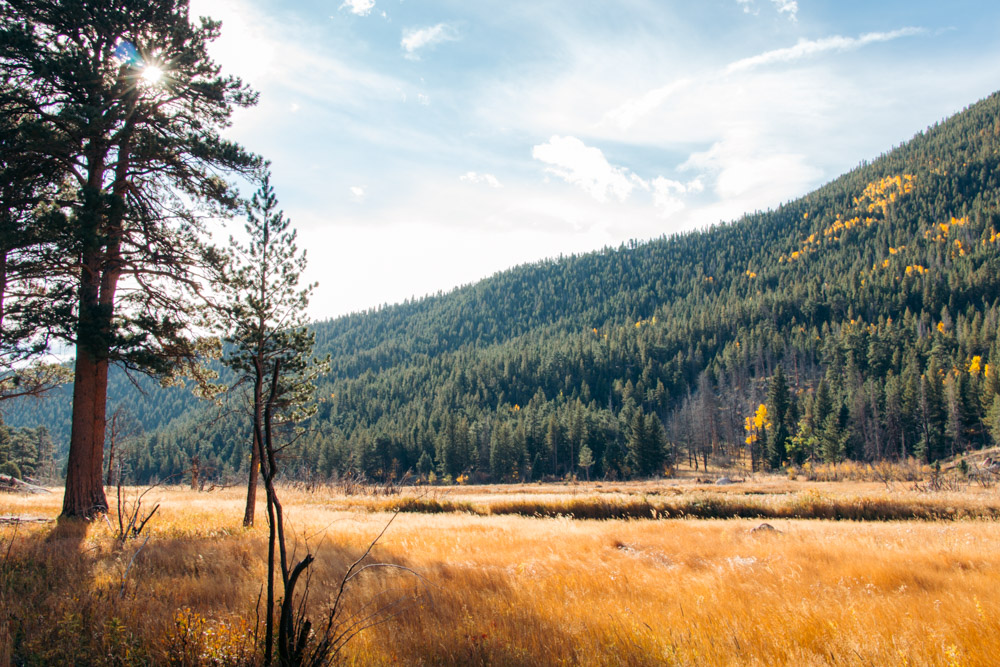
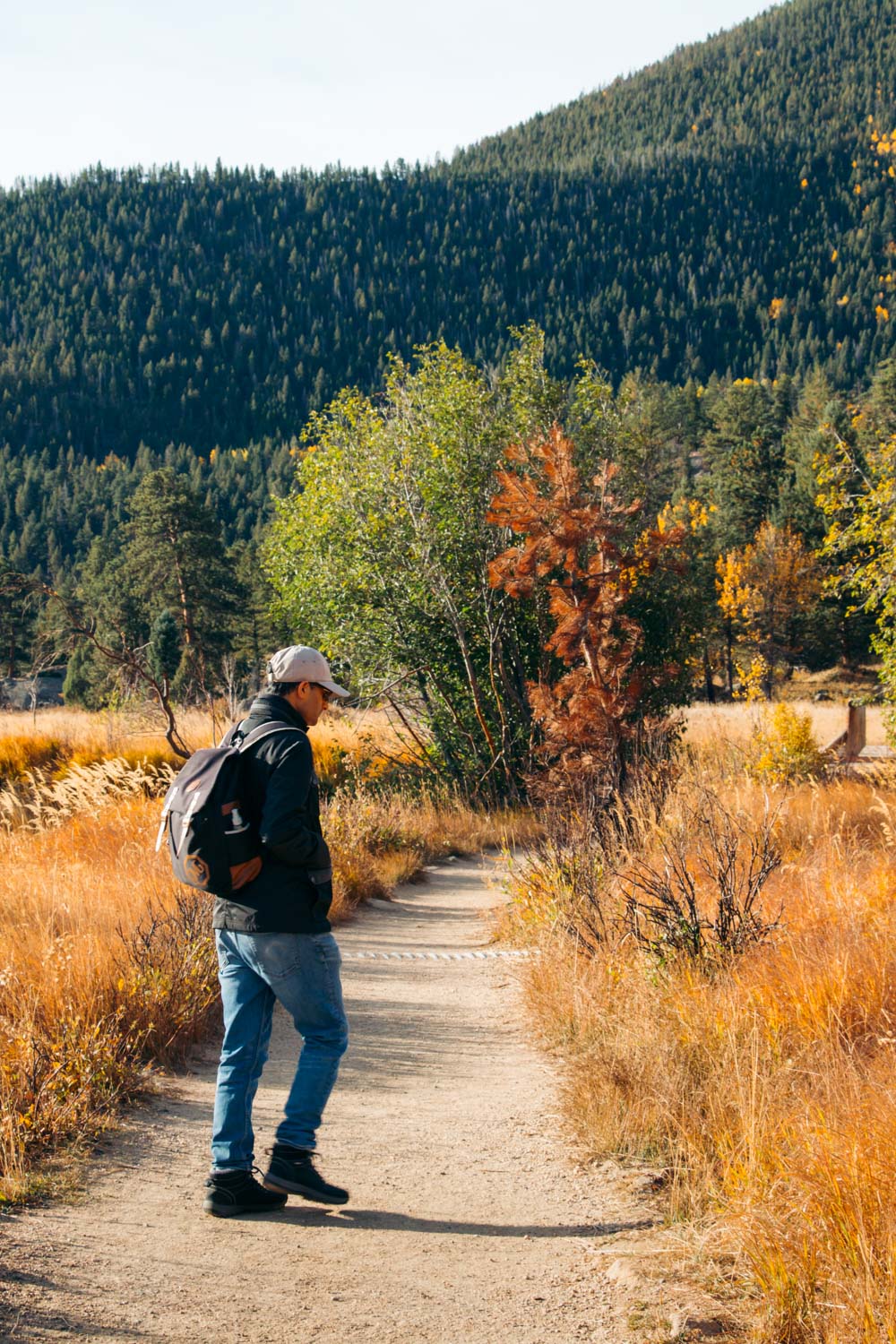
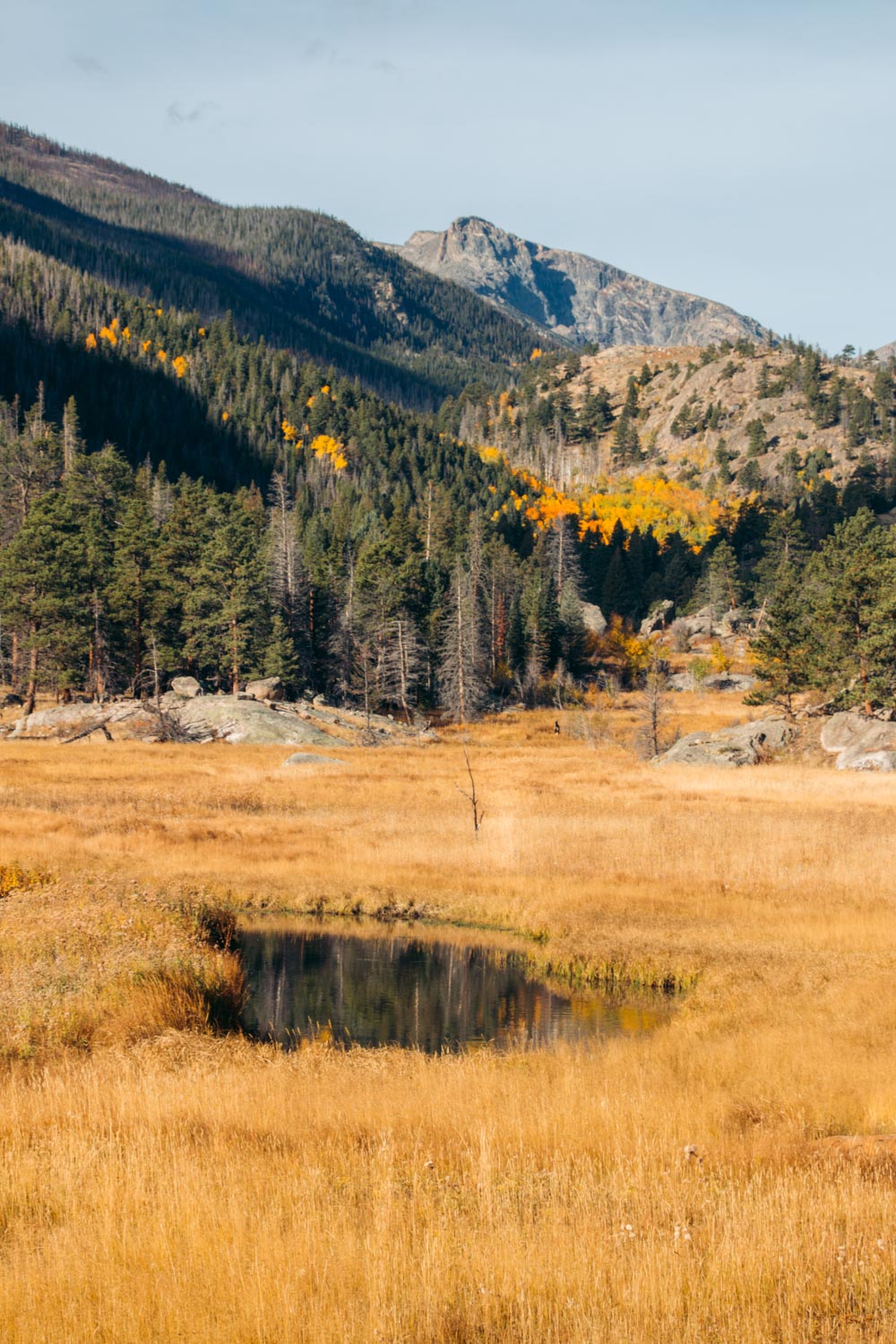
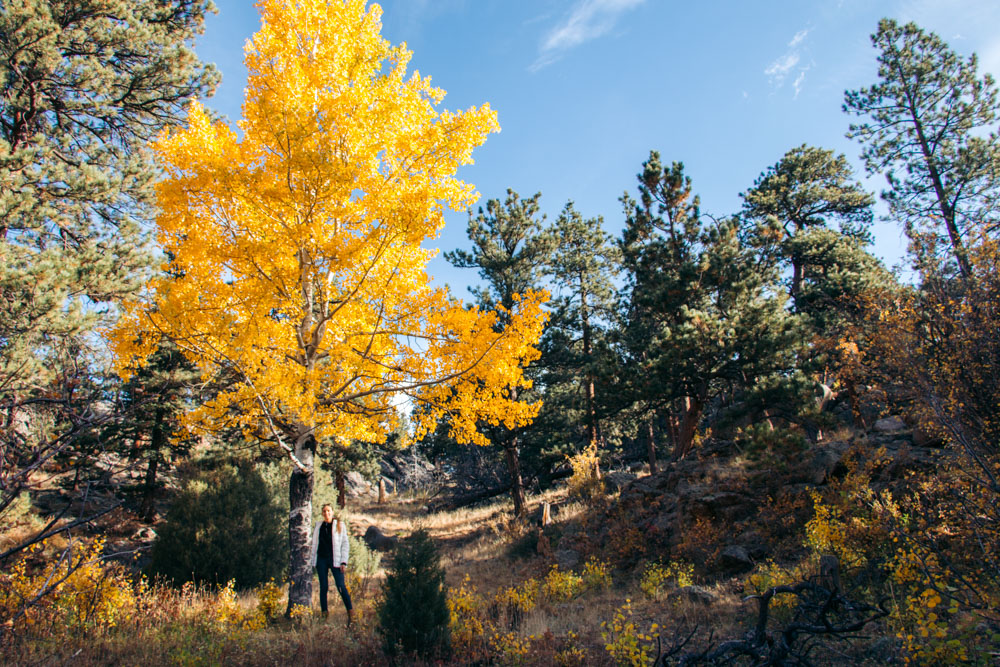
Adventures along Cub Lake Trail
The Cub Lake hike starts with a splendid views of the mountains to the right and a wide meadow to the left. A few feet after jumping on the trail, you come across a narrow footbridge over the Big Thompson River. The availability of water right at the trailhead further explains why elk and other wildlife are so fond of this area.
Once the trail crossed the bridge, it swirls along the edge of the meadow in the western corner of Moraine Park. The Cub Lake hike reminds a leisurely walk at this point. Flat, without any changes in elevation.
Approximately 0.4 mile later, the trail veers to the right. More trees dressed in fall brilliance (we happened to hike to Cub Lake at this glorious time) festoon the walk. On the left hand side, a number of small lakes, the Beaver Ponds, sneak into now yellowish meadow.
The hike to Cub Lake still feels fairly easy at this point. The trail, however, starts climbing up gradually. The difficulty increases significantly at an old aspen grove. The steady elevation gain along with massive rocks along the trail make the Cub Lake hike strenuous from now on. Your speed decreases in response to the trail’s ascent. So take as many breaks as needed and get acclimated to the higher elevation before hiking farther up to Cub Lake.
On the bright side, the strenuous climb doesn’t last long. Soon an almost flat section with the golden aspens on both sides takes over. (Fall is hands down the most beautiful time to hike to Cub Lake.) The lake is a stone’s throw away from here.
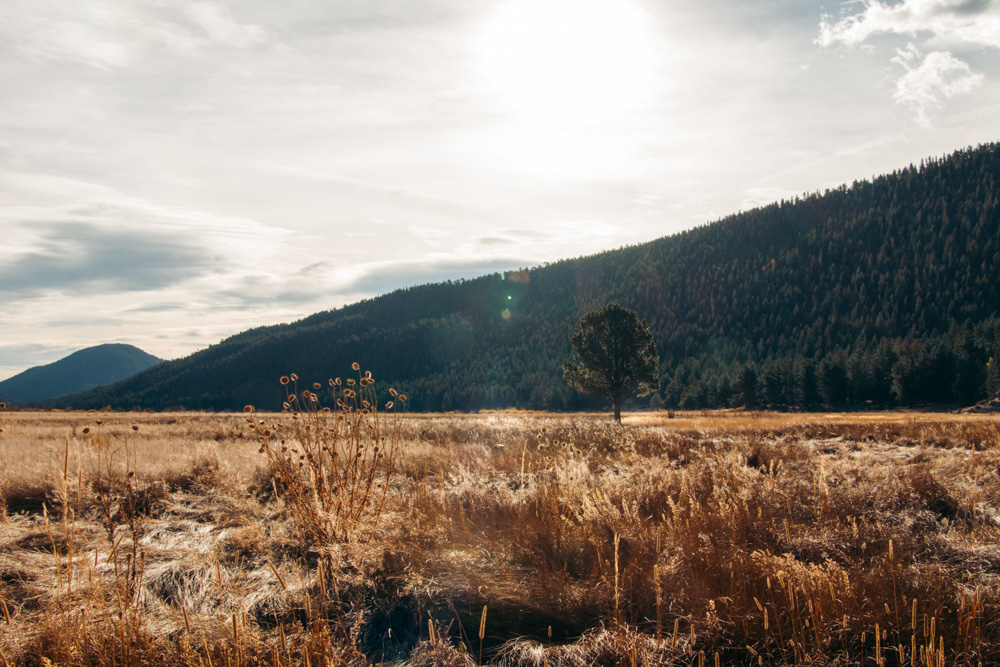
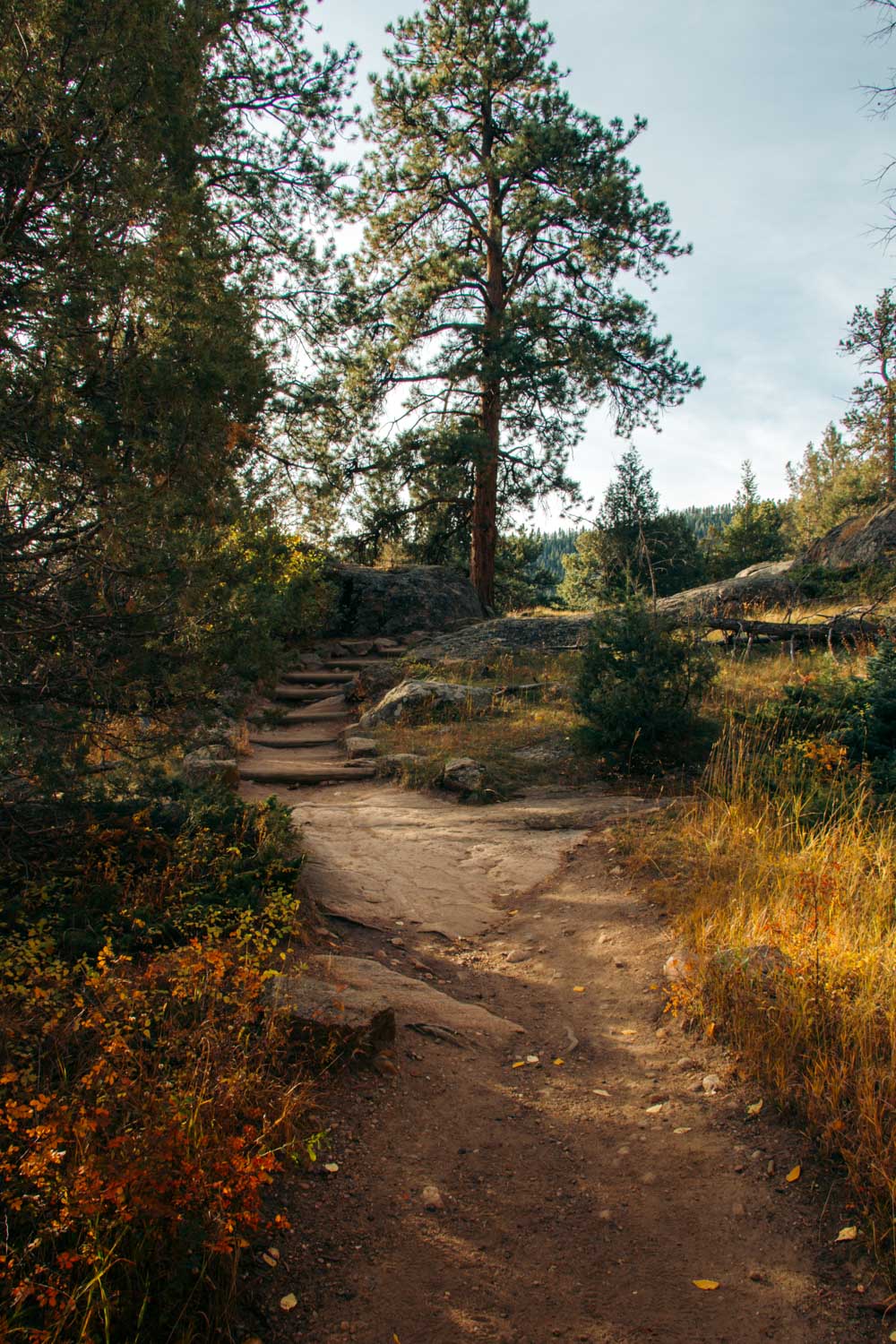
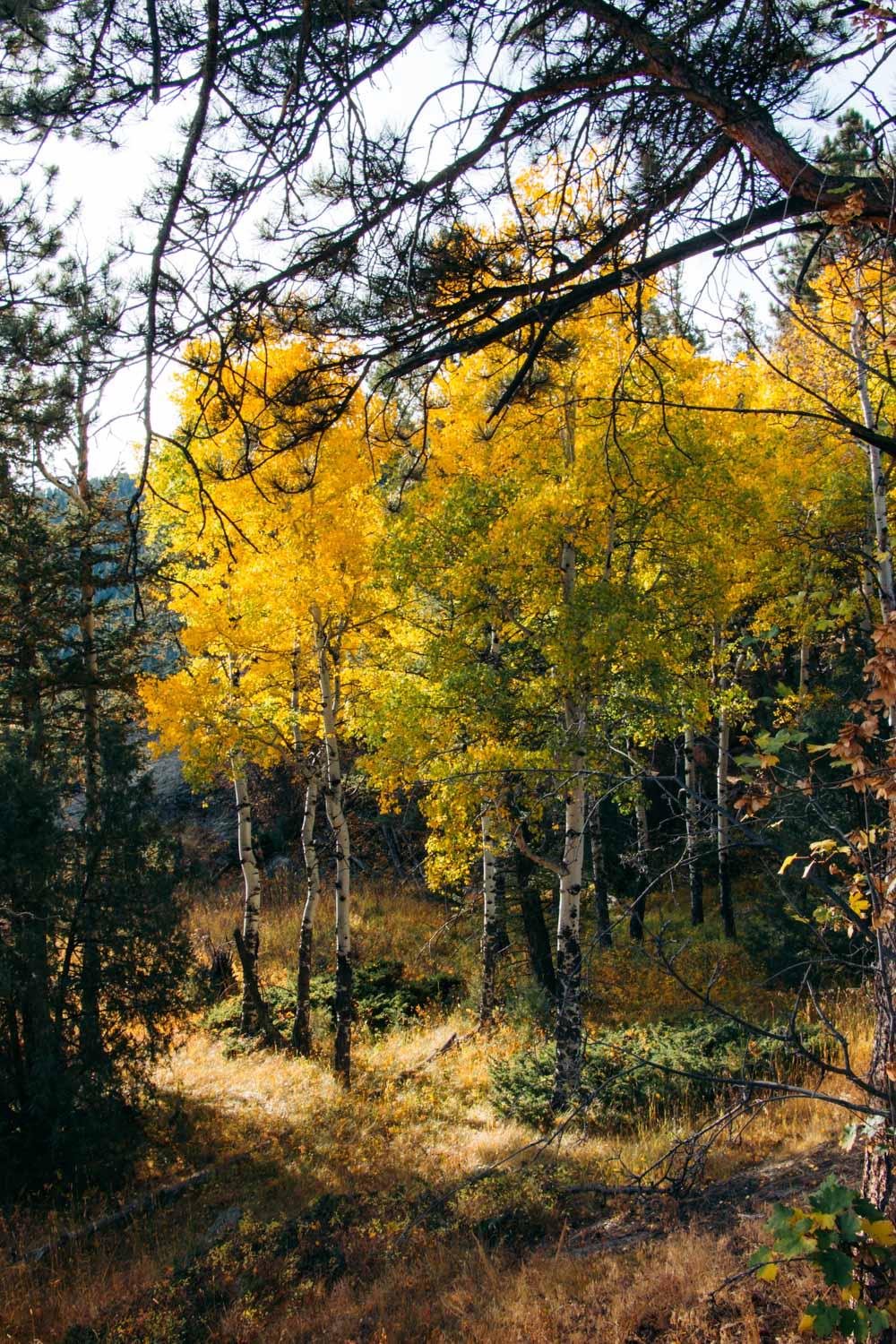
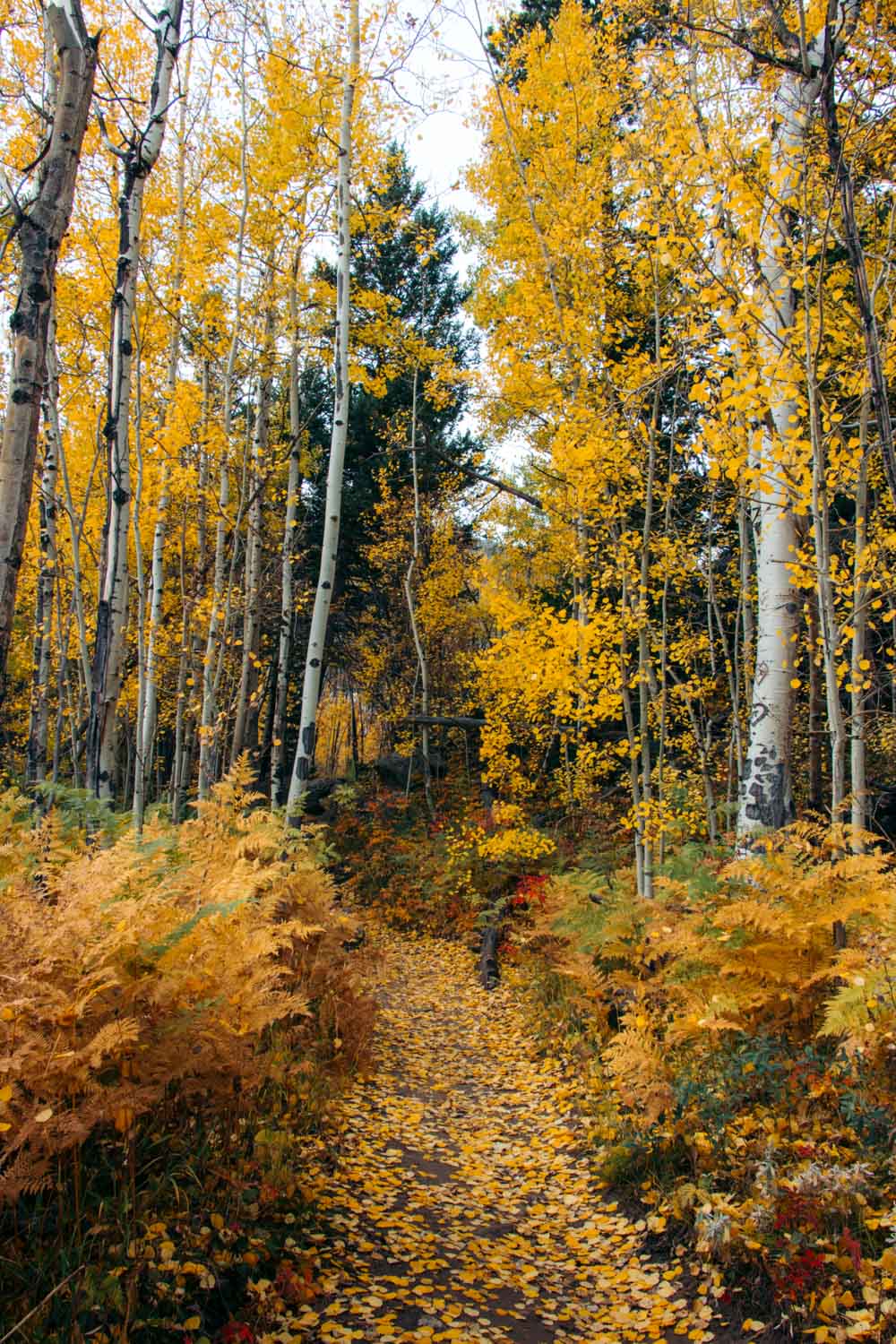
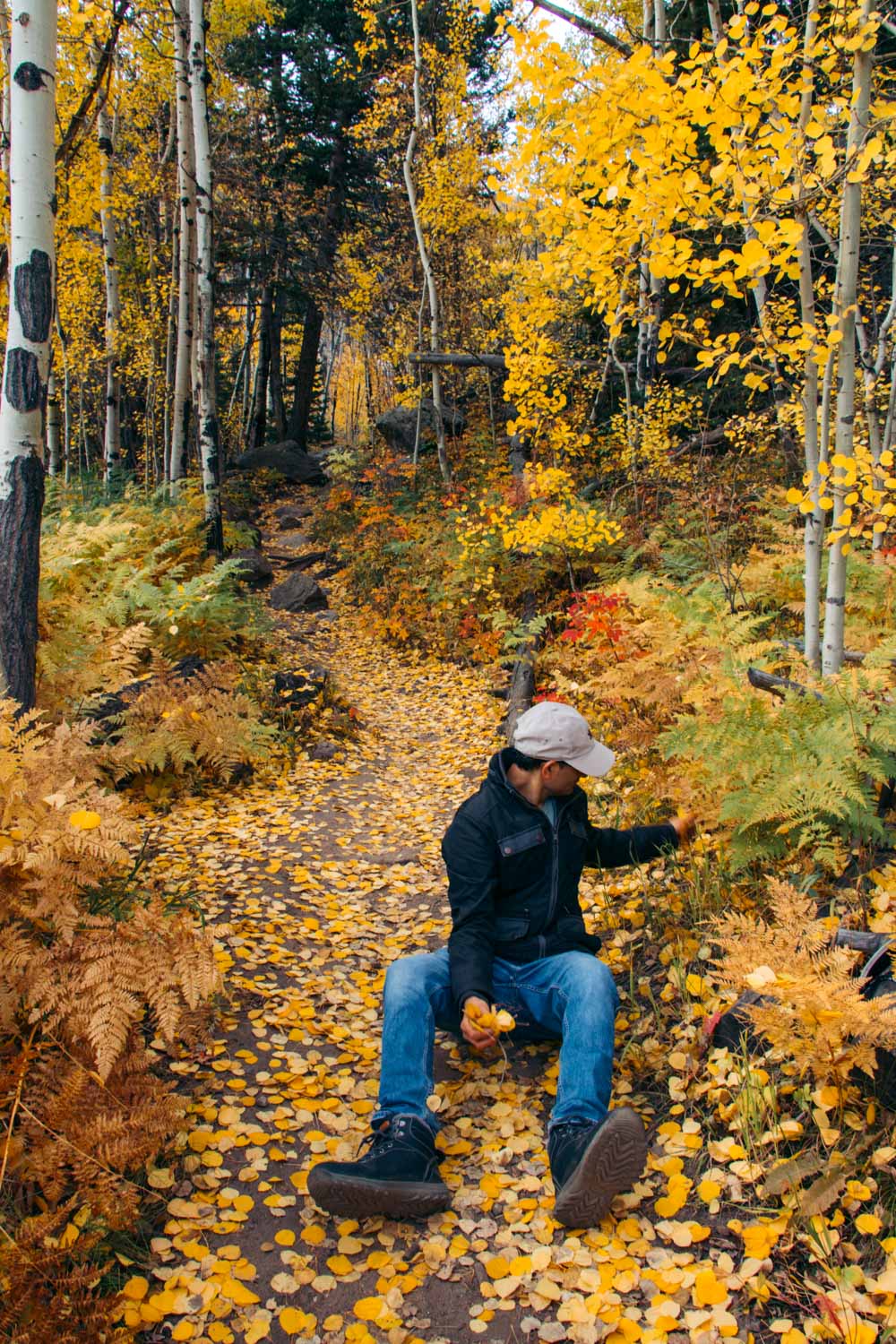
Cub Lake Area
While I can’t praise enough the Cub Lake hike in fall, the immediate lake area may look disappointing during this season. Soon-to-completely-disappear lily pads still remind of the flowery abundance of the lake during the summer months. Fallen and burn trees surround the once remarkable waterbody with towering 12,922-foot Stones Peak at its western end.
These sad images makes you guess how marvelous Cub Lake looked like in its heydays. The dramatic changes of the area date back to October of 2012. It’s believed some irresponsible travelers built an illegal campfire on October 9.
For a while, the mild fires didn’t affect the area. Yet as the weather changed unexpectedly, which is the only predictable thing in the mountains, so did the severity of the wildfire. 3,500 acres in the Cub Lake, lower Forest Canyon, and Moraine Park areas were burned.
The damage of what is known as the largest wildfire in Rocky Mountain National Park’s history was devastating. Even a decade later, the Cub Lake hike still reveals the harshness of the tragedy.
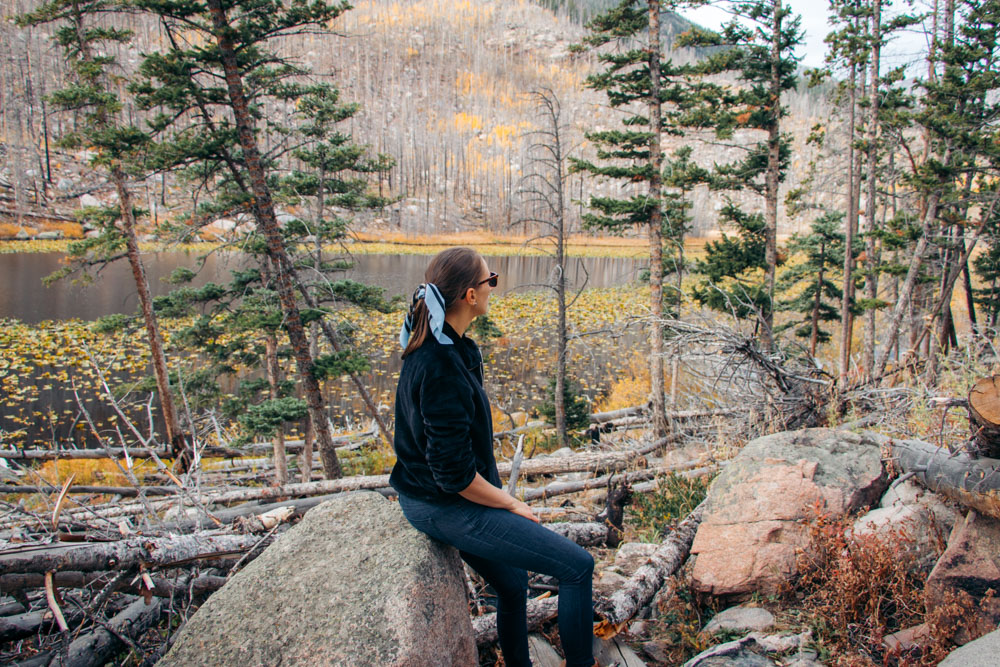
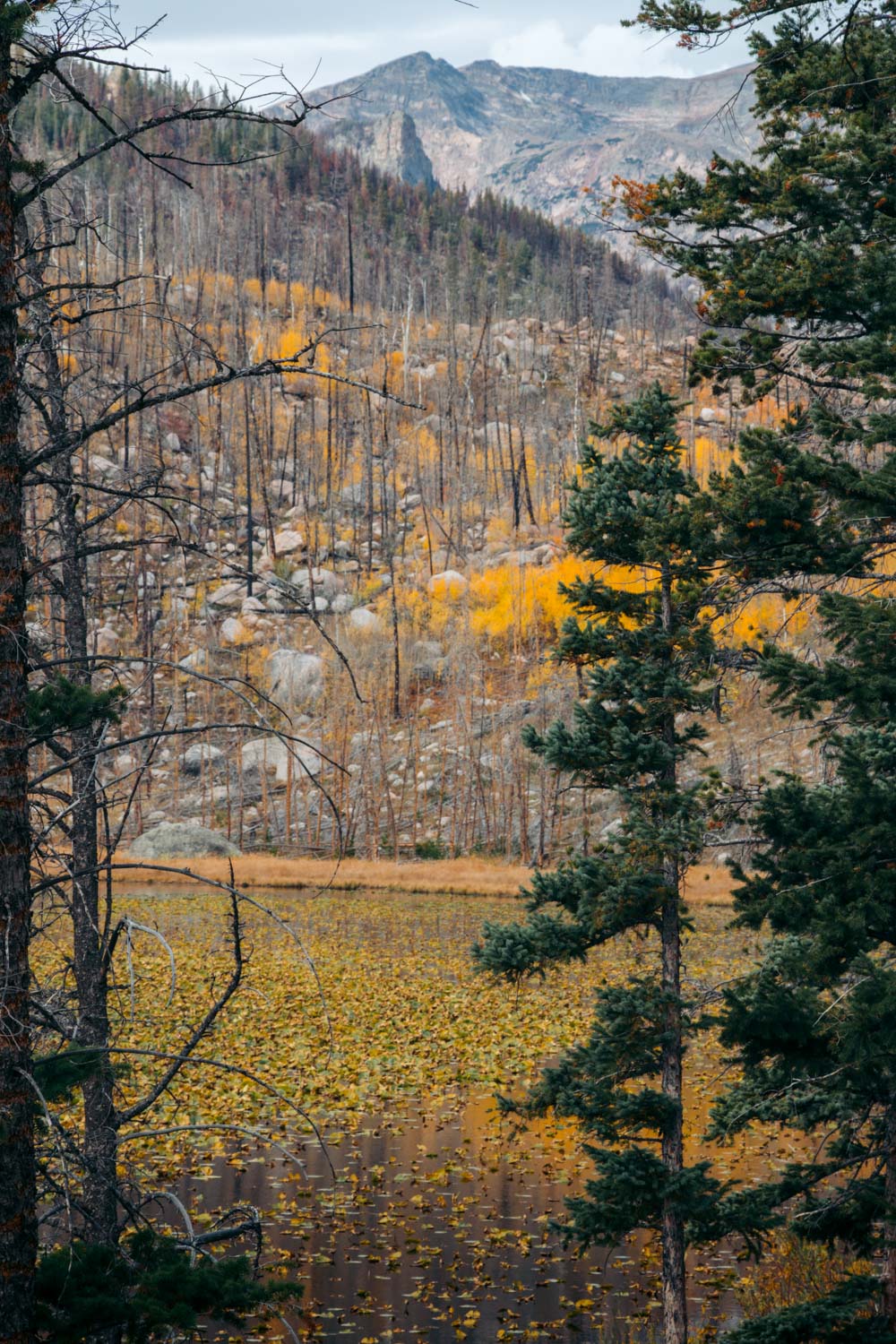
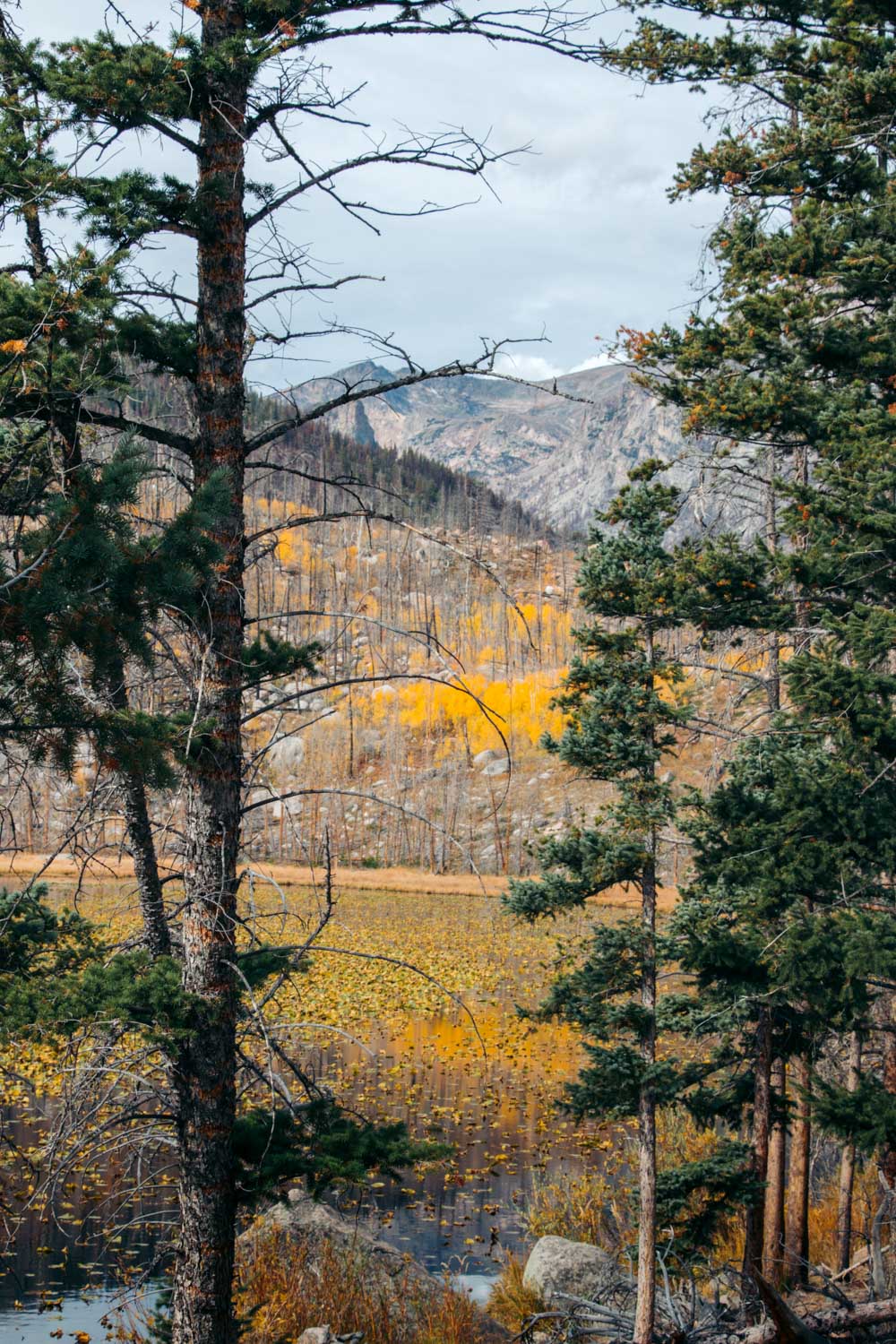
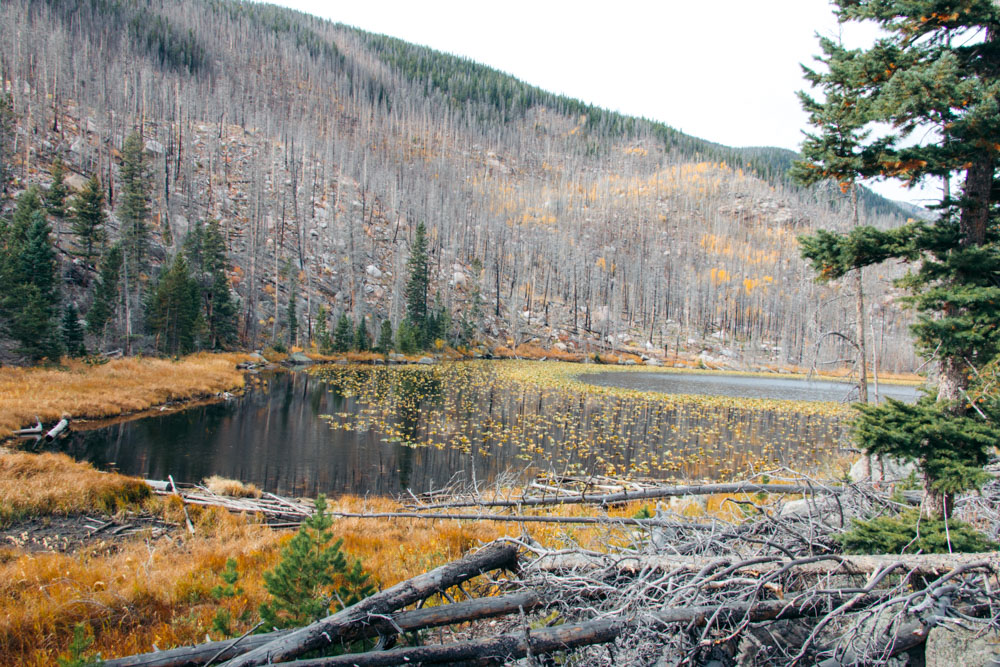
Round-Trip Cub Lake Hike vs. Cub Lake Loop
There are two ways to finish the Cub Lake hike. The shortest is to return to the trailhead the same way you came, snapping a few more pictures along the way. This route is only 2.3 miles long.
The second trail is longer. It follows along the Cub Lake’s shore, adding a few more epic sights to the initial hike, and makes a loop. Eventually, the trail comes back to the same spot where you started the hike. This detour, however, throws in additional 1.4 miles to the excursion, resulting in the 6-mile Cub Lake Loop hike.
Map of Moraine Park: Round-Trip and Cub Lake Loop Hike
The Best Time to Hike to Cub Lake
Every fall lover would agree that the golden season makes the Cub Lake hike especially appealing. The bright red and yellow leaves still linger on the trees. The dirt trail is abundantly covered by the colorful fall blankets. The generously festooned aspens entice from afar. The entire area looks festive and dreamy.
The fall brilliance comes to an end sometime in mid-October. Soon after that, Cub Lake becomes a primary destination for snowshoers and cross-country skiers. The snow on the trail, though, makes the hike to Cub Lake difficult. Thus, this off-the-beaten-path area sees even fewer adventurers in the reign of the winter wonderland.
In spring, when the snow starts melting and everything wakes up slowly, the Cub Lake hike once again appears on itineraries of the hikers looking of the secret spots in Rocky Mountain National Park.
This enjoyable period last through October, altering the tones and shades of the area as the seasons change. The summer hikers often reap an additional reward in the form of the vibrant lily bloom.
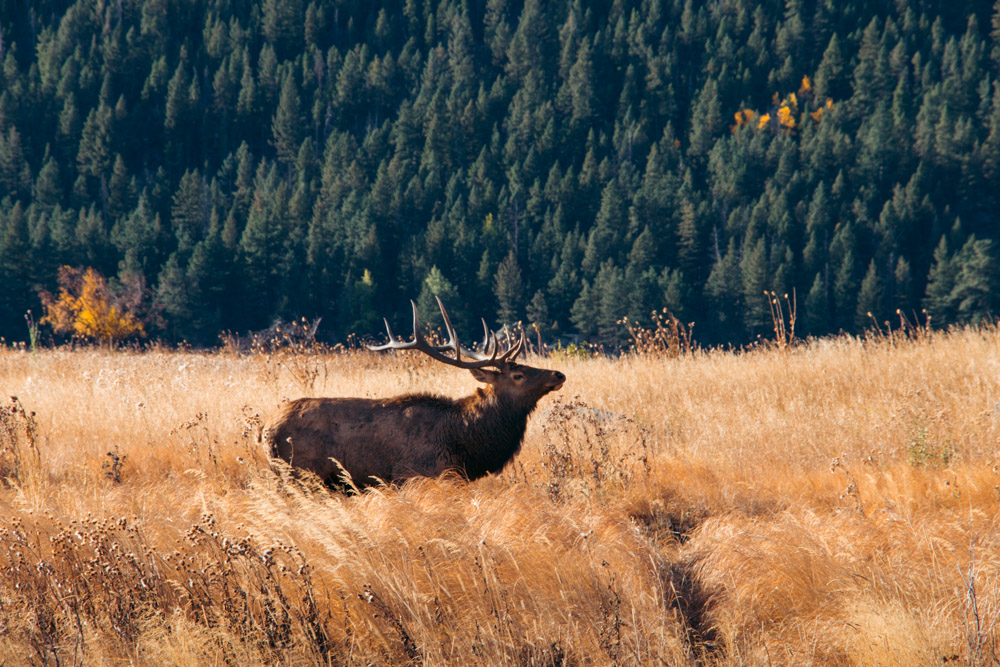
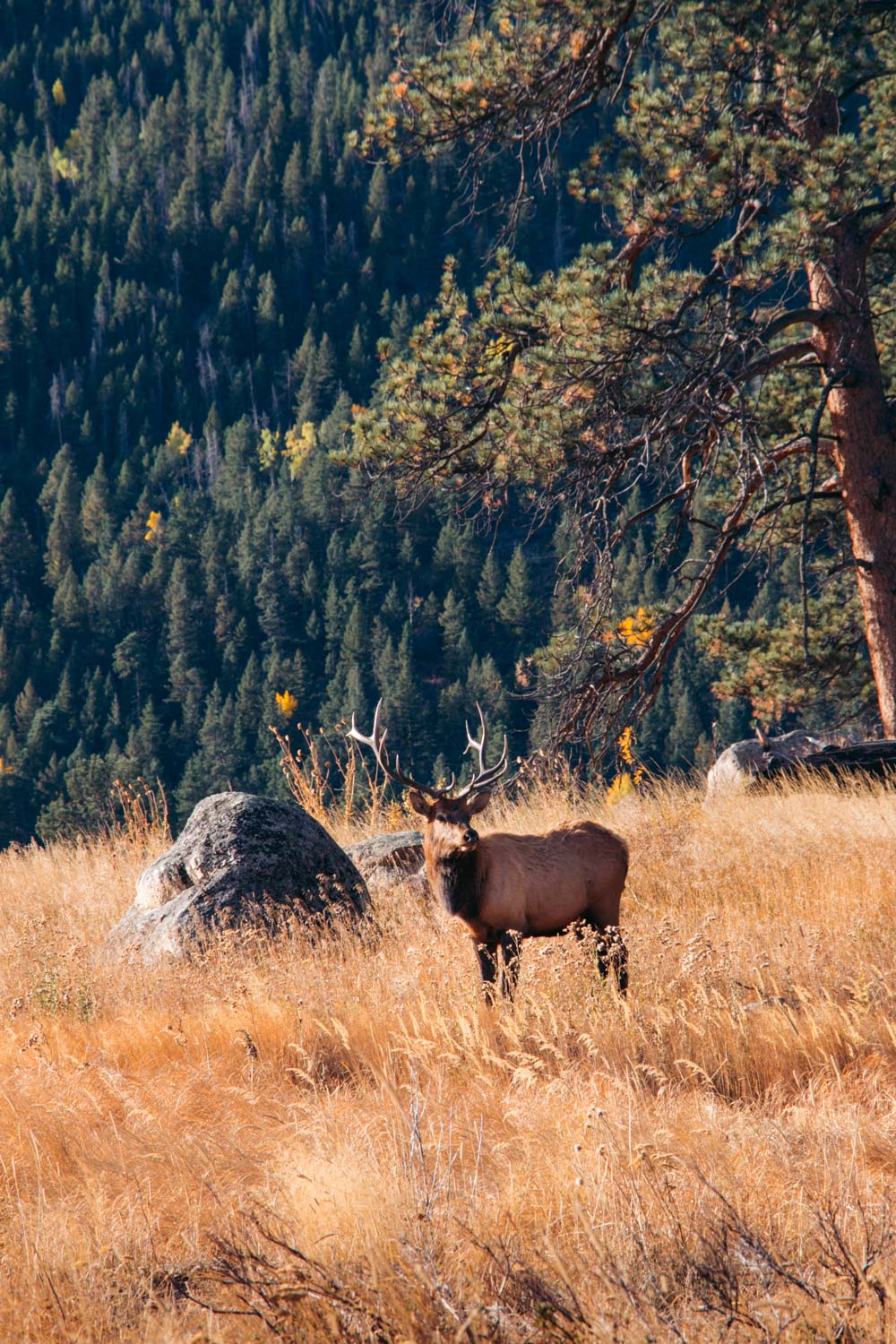
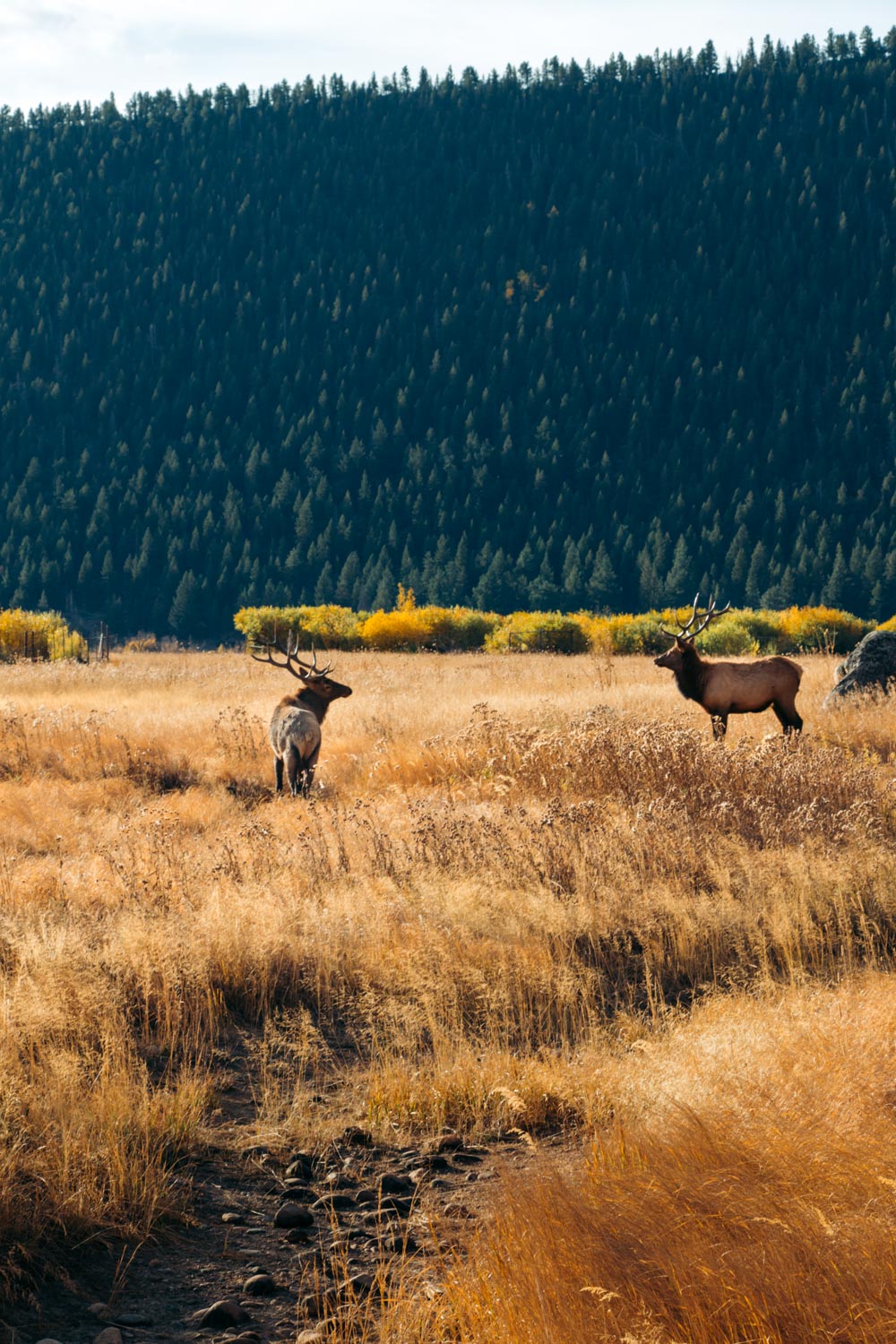
Animals to See along the Way
The lesser-known places often have a series of advantages. First, you like them for the absence of crowds and deeper, uninterrupted connection to nature. Second, with less unnecessary commotion around, the wildlife feels less threatened. The animals are prone to graze on the slopes along the trail, never minding your presence.
With that said, elk frequent the area near the Cub Lake trailhead. Feeding on grass, the antlered animals wander through the meadows all over the place. This is especially actual during the annual breeding season. Occasionally, the mammals find the vegetation along the Cub Lake Trail the most delicious, forcing the hikers to look for a detour to get back to the trailhead this time around.
The meadows also provide enough food and safe environment for different kinds of birds and the smaller animals, such as rabbits, Cooper’s Hawks, marmots, and pikas.
The latter stick to the forested areas most of the time, though. These quick, mountain-dwelling animals can be seen jumping from one tree branch to another, too cute, yet too fast to photograph them.
Ducks feel at home in the water, lingering mostly near the lake. Occasionally, moose get down to the shore to drink before venturing back into the woods.
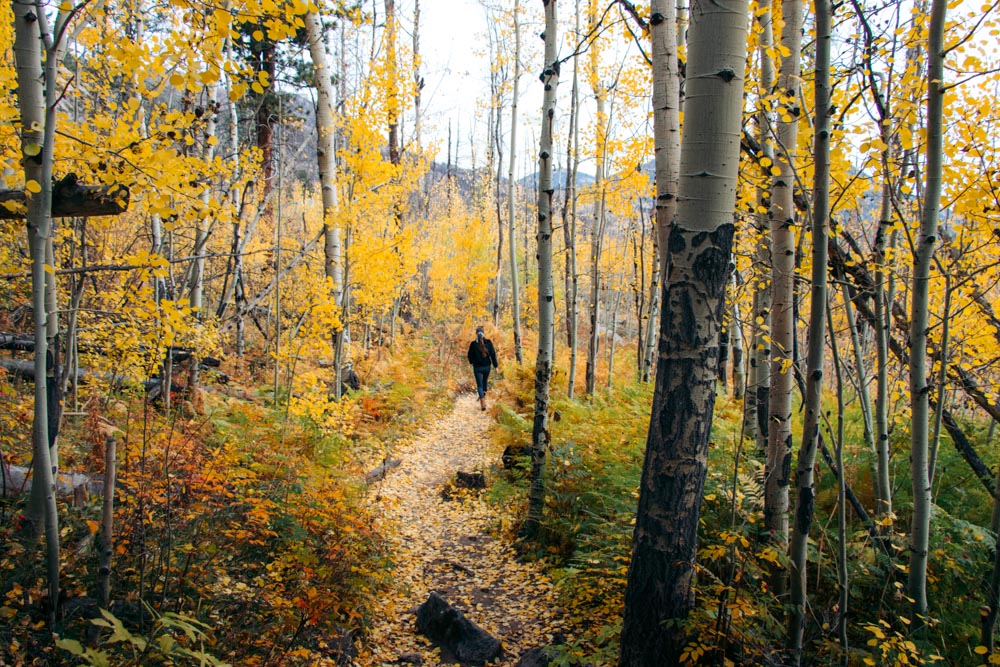
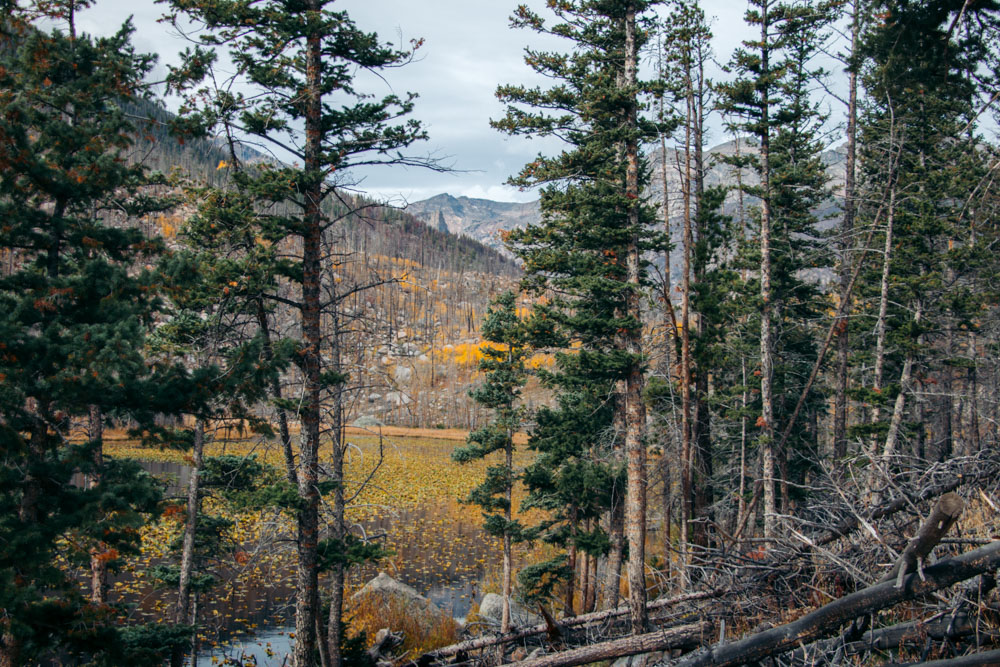
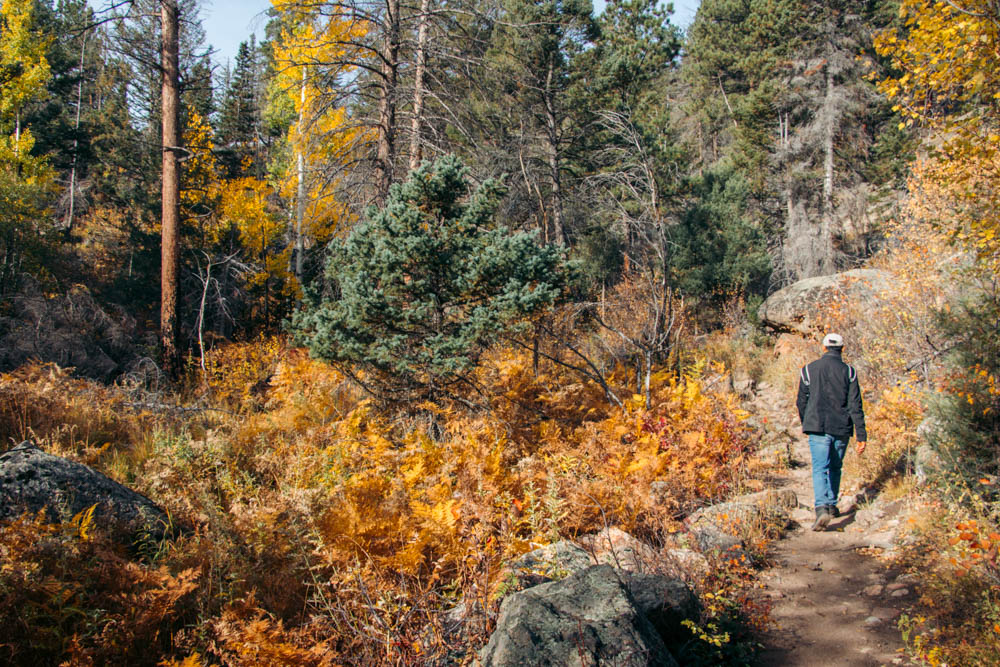
Things to Know before Hiking to Cub Lake
- Bring plenty of water. Small snacks can also be helpful especially if your start the hike to Cub Lake on an empty stomach. The area closest to the lake is the hardest to tread through. Sipping on water or munching on some nuts should quickly recharge your battery and let your finish the hike in no time.
- Consider bringing along hiking staffs. These may come in handy on the last stretch of the hike where the area is steep and rocky.
- Practice animal safety rules. Don’t approach or feed the wildlife. General rule of thumb is to keep a distance of 25 yards between any wild animal and you. With bears and wolves, you need to stay farther away, no closer than 100 yards.
- Don’t take altitude sickness lightly. Rocky Mountain National Park sits from 7,860 feet to 14,259 feet above sea level. The farther up you walk, the sooner altitude sickness catches up with you. Therefore, take as much time as you need to hike to Cub Lake. It’s your hike after all. Don’t make it a race. Walk slowly and make as many stops as you need.
- No pets on the Cub Lake Trail are allowed.
- Ride a horse instead. These domesticated animals, on the other hand, can “hike” to Cub Lake.
- No off-trail hiking. Remember that the Cub Lake area is dotted with the fallen trees and unstable slopes, the direct results of the Fern Lake Fire.
- Hike to Cub Lake early in the morning. Although the place is nowhere as popular as Bear Lake or Nymph Lake, even this secret spot is not exempt from the occasional crowds. The early morning hike, however, almost always guarantees fewer people on the trail and more empty parking spots at the Cub Lake trailhead.
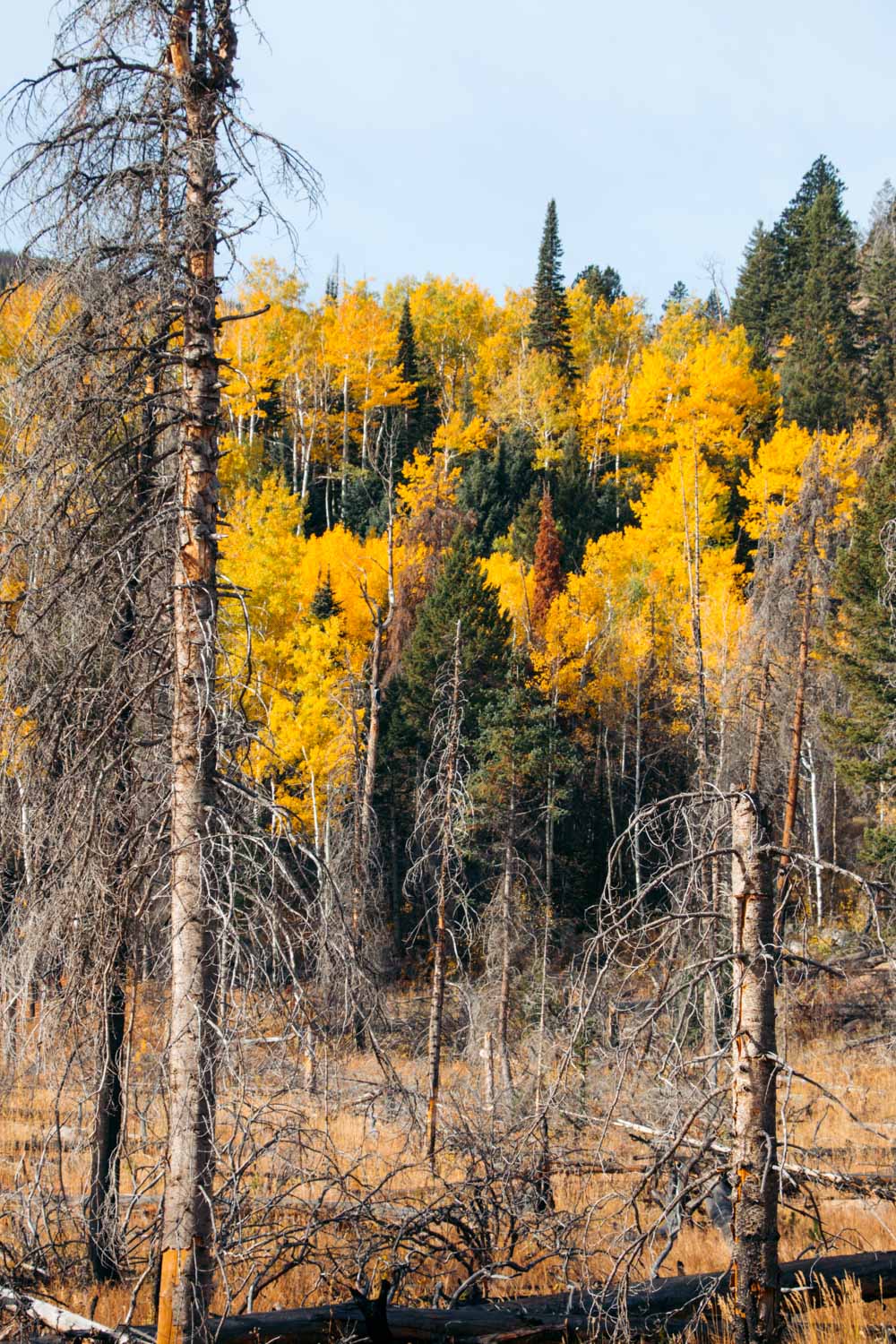
Photography Tips
Hike to Cub Lake in the morning. The wildlife is also more active at this time, which gives your plenty of opportunities to photograph the wild animals in their natural habitat. Evening hikes have similar advantages.
Light is better in the morning or before sunset. Whether you aim at shooting the gorgeous landscapes or the oblivious animals, try to do it at sunrise or during the morning golden hour. Simultaneously, sunset and the golden hour right before it ensure the equally beautiful light and outstanding images.
Bring a camera with a telephoto lens for the hike to Cub Lake and photograph the wildlife without sacrificing your safety.
Equip with a large “bottle” of patience while photographing the wildlife in the Cub Lake area. The animals don’t pose on purpose. Neither do they stay in one place for a long time. Be patient. Set up your tripod and wait for a perfect moment to press that shutter button.
Read Next
- Lake Haiyaha Hike in Rocky Mountain National Park – A Moderate Trail with Scenic Views
- How to Hike to Alberta Falls in Rocky Mountain National Park: 2 Trail Options
- Nymph, Dream, Emerald Lakes Hike: One Trail, Three Lakes in Rocky Mountain (+Photos)
- Tundra Communities Trail in Rocky Mountain National Park – a Hike Like no Other
- Bierstadt Lake Trail: Hike from Bierstadt Lake Trailhead